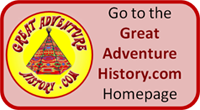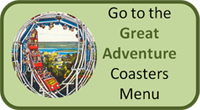
One of the most popular
attractions at parks throughout the world is the wooden roller
coaster, and during the 1970's a coaster renaissance occurred
with the advent of theme parks. Six Flags spearheaded that
renaissance adding wooden roller coasters to all of their parks,
bringing traditional thrills to a new generation.
|
| |
|
|
 |
| |
|
|
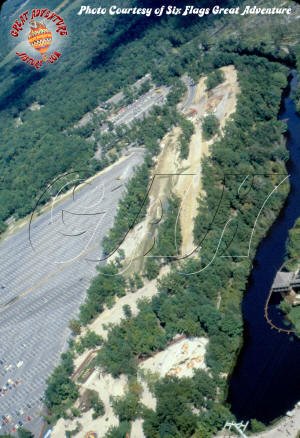 |
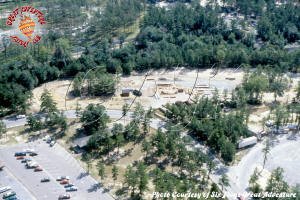
After Six Flags had acquired Great Adventure in 1977, they
immediately began adding thrill rides. First came Lightnin'
Loops, the park's first looping roller coaster.
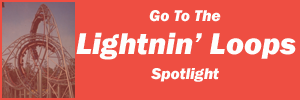
To follow the success of Lightnin' Loops, they went big with
the park's largest roller coaster to date anchoring an entirely
new themed area of the park. Rolling Thunder offered not just
the excitement of a classic wooden coaster, but the added
excitement of two tracks offering different experiences combined
with the thrill of racing.
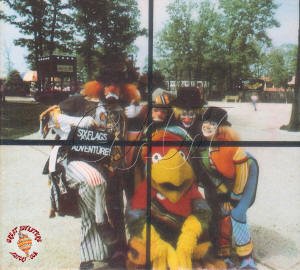
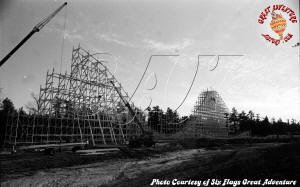
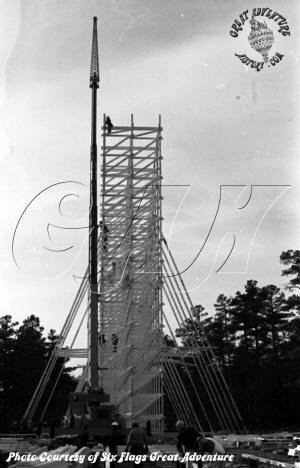
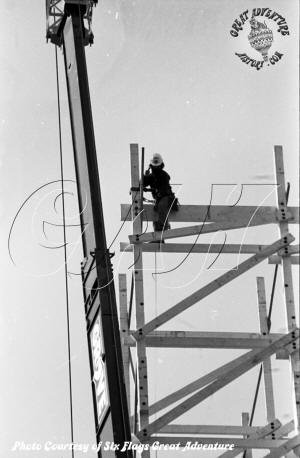
Hernando's Hideaway was built in an area of
the park that had originally served as the park's entrance way.
A portion of the section was used as the tram circle where
guests were ferried in from the parking lots to the front gate.
A portion of the land used for Rolling Thunder was
originally a part of the parking lot, and the remainder of the
ride area was previously undeveloped woodlands.
Construction on Rolling Thunder started in
1978 with land clearing for the massive structure.
Hundreds of trees were removed to create the ride's
footprint, while care was taken to leave as many trees as
possible around the outside of the coaster. Once the ride area
was prepared, the hundreds of concrete footers were poured to
create the foundations of the new coaster. Pouring of the
concrete before the onset of the cold winter weather was
critical to keep the ride's construction on schedule for the
1979 season.
Dozens of carpenters were hired by Frontier
Construction to assemble the massive wooden structure. Huge
piles of lumber arrived for the project, and the crews began
assembling the bents on the ground before they were moved into
position for assembly. Construction started with the station and
progressed to the lift, following the course of the ride. As
each section of the structure took shape, carpenters began
laying the catwalks on either side of the track and then the
wooden rails were constructed for the dual tracks.
Construction of the wooden rails was one of
the most labor intensive parts of the process. Each rail
was composed of multiple layers of lumber which was stacked in a
staggered fashion creating a strong rail to which the steel top
plates were fastened.
The real challenge of creating the rails was fashioning the
complex curves for the changes in elevation and direction the
coaster navigated.
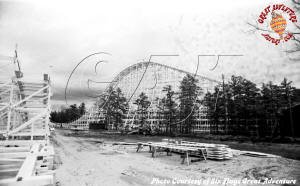
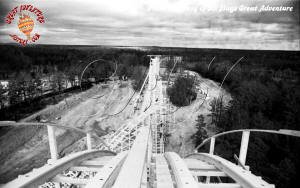
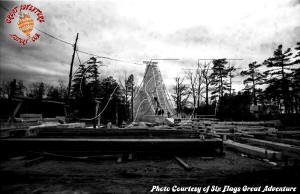
The final sections of the ride to take shape were the curve
into the brake run which was constructed at the same time as the
station building and car shed. Like the surrounding Hernando's
Hideaway section, the ride buildings were given a Spanish theme
with stucco walls and red barrel tile roof. The roof extended
over the ride's brake run for safety, keeping the skid brakes
relatively dry in rainy weather.
Like all wooden coasters built up until that time, skid
brakes were the only option available. The skid brakes
required the surfaces of the brake pads on the bottom of the
cars and on top of the tracks to remain as dry as possible
or the cars would slide right through the station. The coaster
was designed for use with four trains, two on each track, though
in the event of rain two trains were usually removed eliminating
the possibility of train collisions in the station. Still,
often the trains would overshoot the loading platform upon their
return.
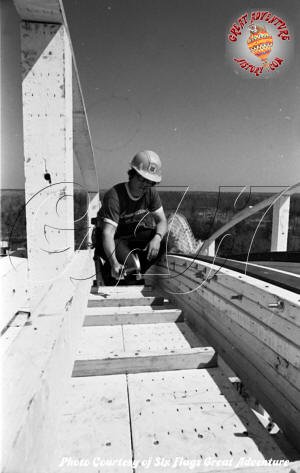
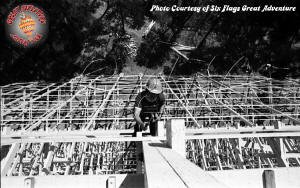
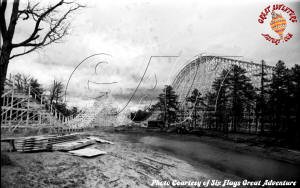 |
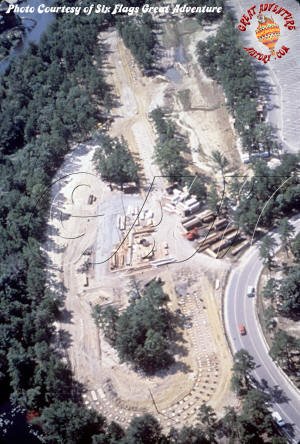 |
| |
|
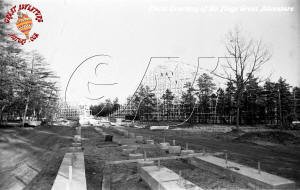 |
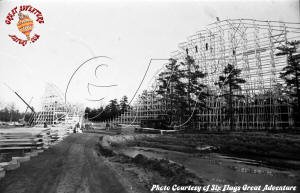 |
| |
|
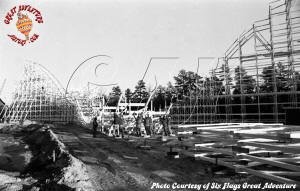 |
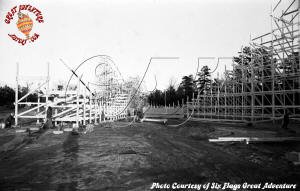 |
| |
|
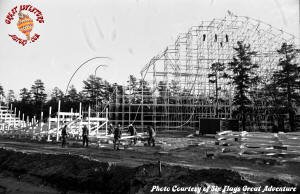 |
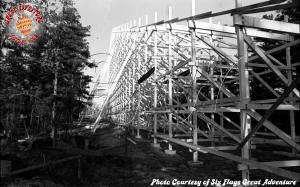 |
| |
|
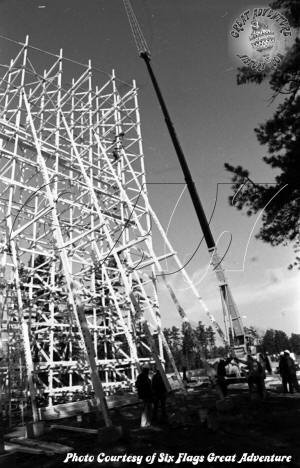 |
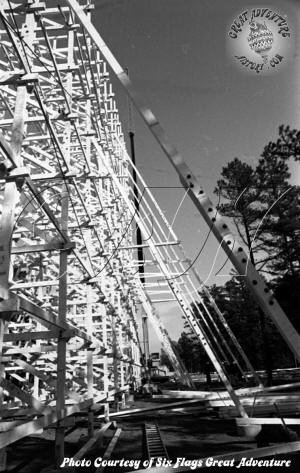 |
| |
|
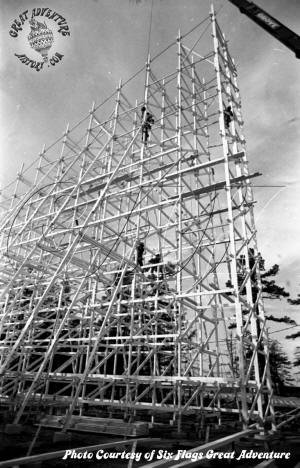 |
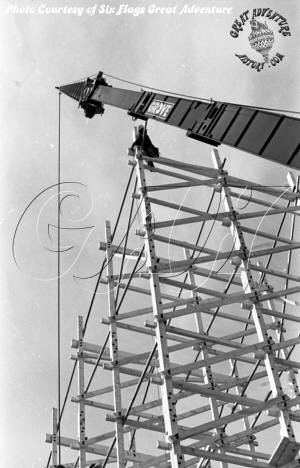 |
| |
|
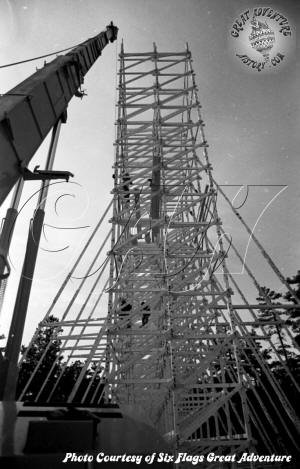 |
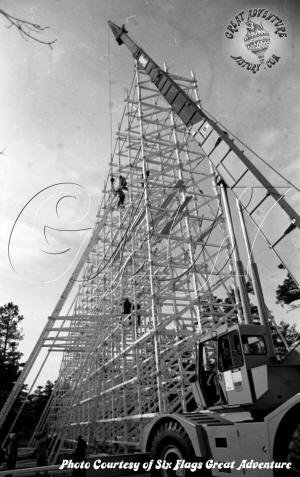 |
| |
|
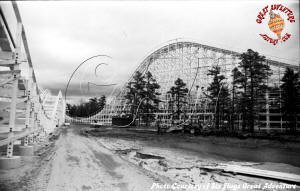 |
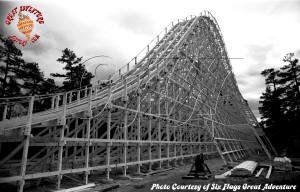 |
| |
|
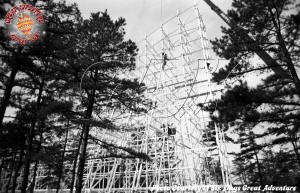 |
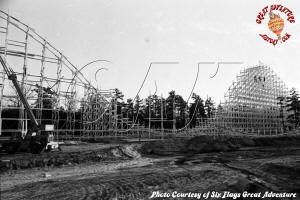 |
| |
|
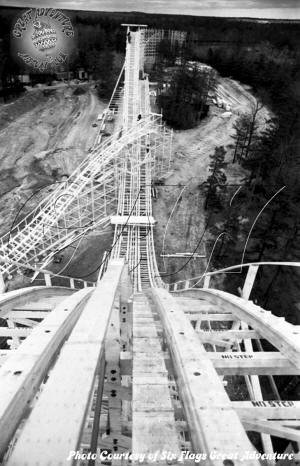 |
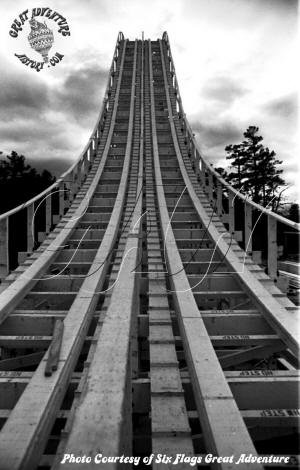 |
| |
|
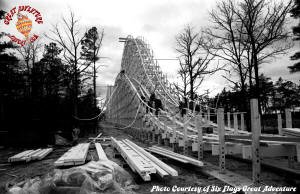 |
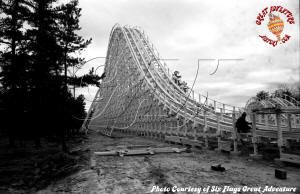 |
| |
|
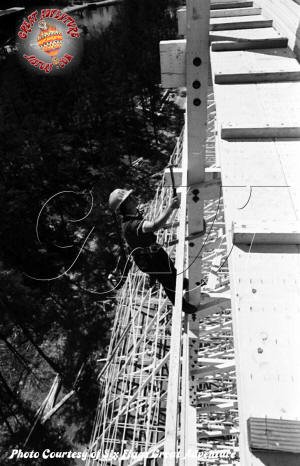 |
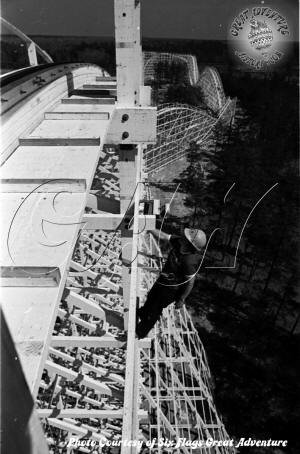 |
| |
|
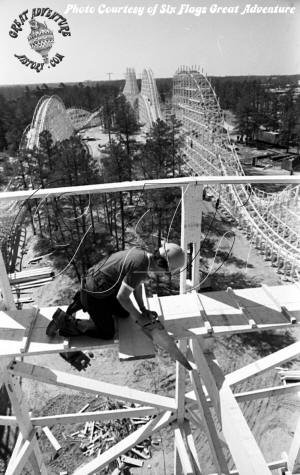 |
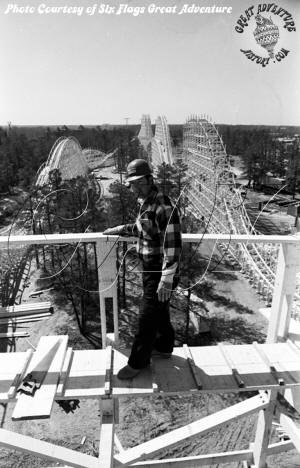 |
| |
|
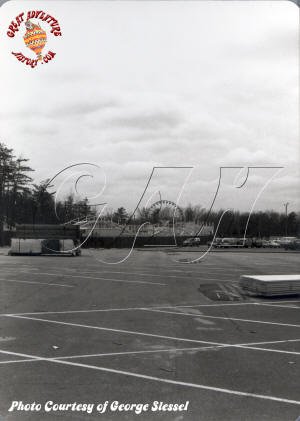 |
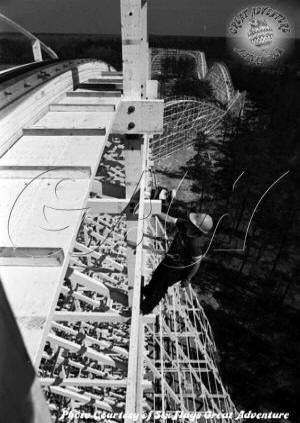 |
| |
|
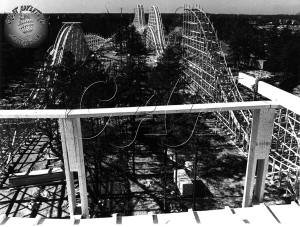 |
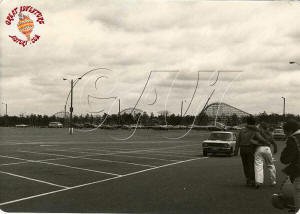 |
| |
|
|
| |
|
|
Pre
Construction Promotional Photos
Featuring Kings Island's Racer
Roller Coaster |
| |
|
|
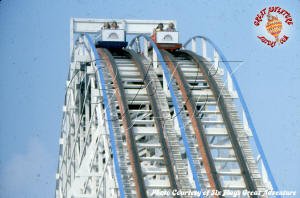 |
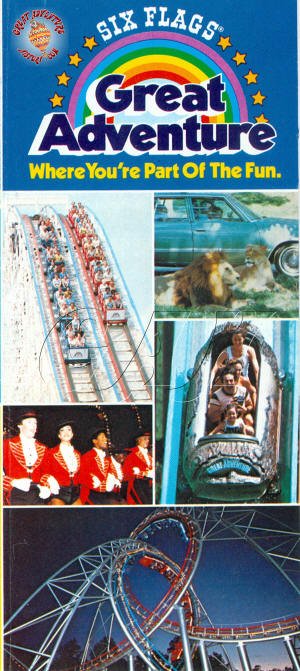 |
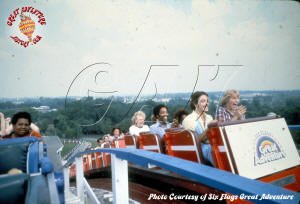 |
| |
|
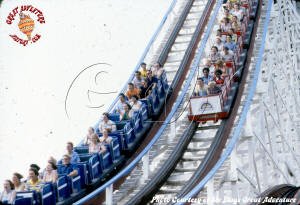 |
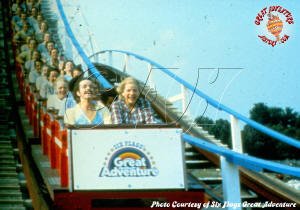 |
| |
|
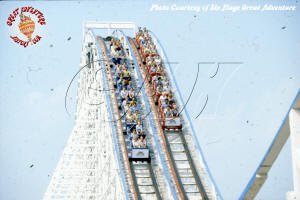 |
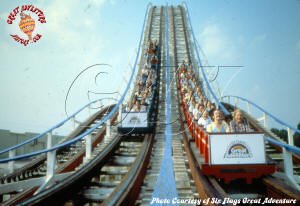 |
| |
|
|
|
| |
|
|
|
|
| |
|
|
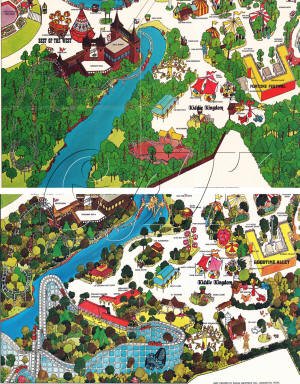
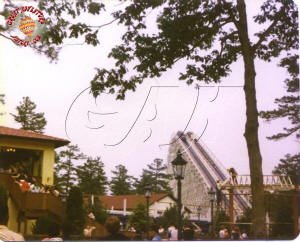 |
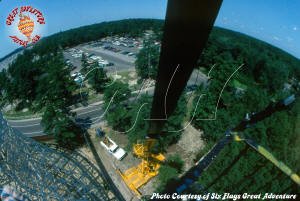
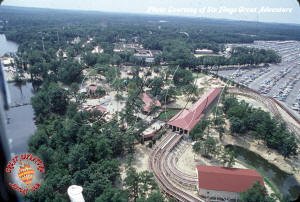
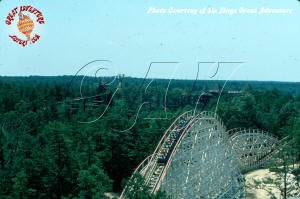
|
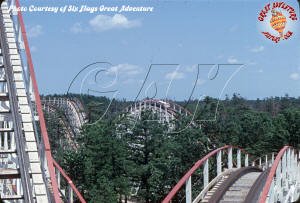
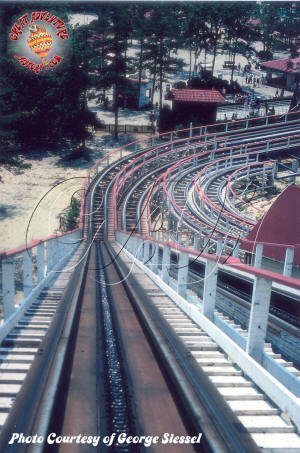 |
| |
|
|
|
|
|
|
Technical Information |
|
|
|
|
|
|
Designer: |
Don Rosser - Atlanta, GA |
|
|
Structural Engineer: |
Bill Cobb - Dallas, TX |
|
|
Construction Company: |
Frontier Construction Company |
|
|
|
|
|
|
Description: |
Double wooden racing roller coaster
|
|
|
|
with differing track profiles. |
|
|
|
|
|
|
Height: |
96 feet |
|
|
Steepest Drop Height: |
85 feet 2 inches |
|
|
Angle of Steepest Drop: |
45 Degrees |
|
|
Board Feet of Lumber: |
850,000 |
|
|
|
|
|
|
Track Length: |
3200 feet per side |
|
|
Number of Hills: |
10 per side |
|
|
Speed: |
Approximately 56 mph |
|
|
|
|
|
|
Number of Trains: |
4 (2 per side) |
|
|
Number of Cars: |
4 per train (originally 5 cars) |
|
|
Riders Per Car: |
6 per car |
|
|
Seating Capacity: |
24 riders per train (originally 30
riders) |
|
|
Capacity: |
Approx. 2400 passengers per hour |
|
|
|
|
|
|
Restraints: |
Double locking lap bars |
|
|
|
|
|
|
Approximate Cost: |
$5 million |
|
|
|
|
|
|
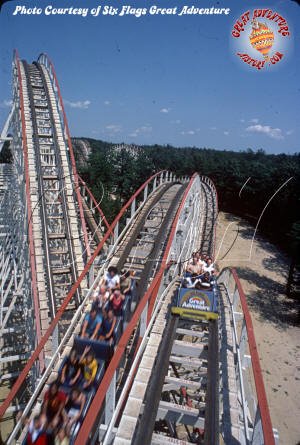
|
| |
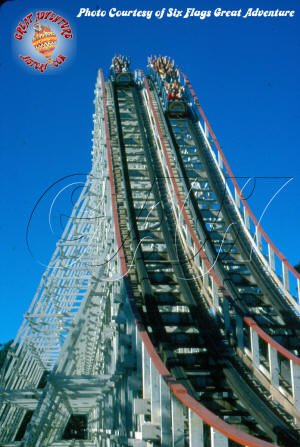 |
| |
|
|
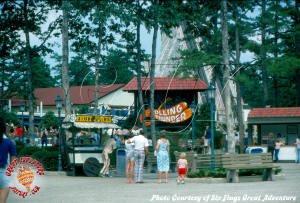 |
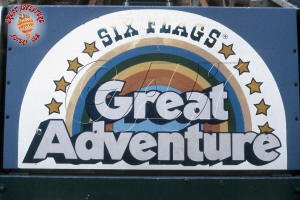 |
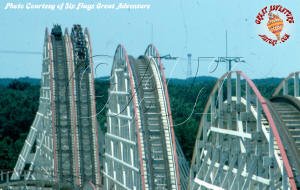 |
| |
|
|
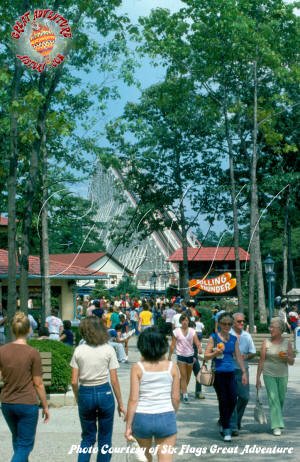 |
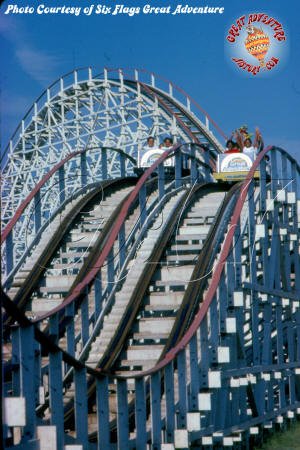 |
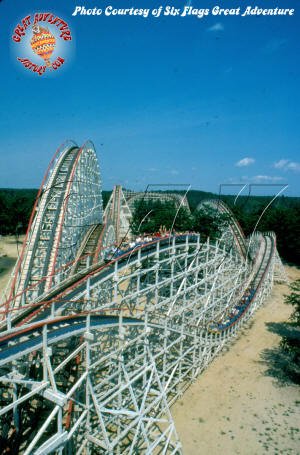 |
| |
|
|
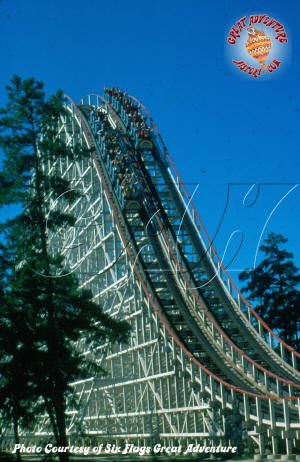 |
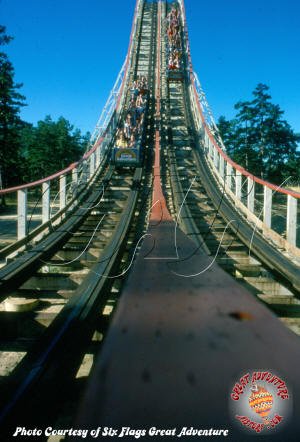 |
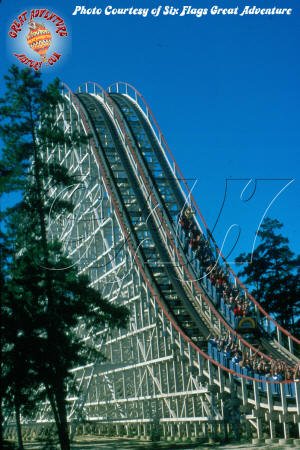 |
| |
|
|
 |
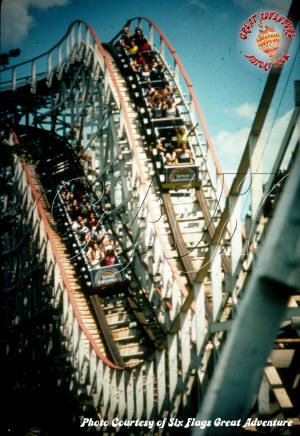 |
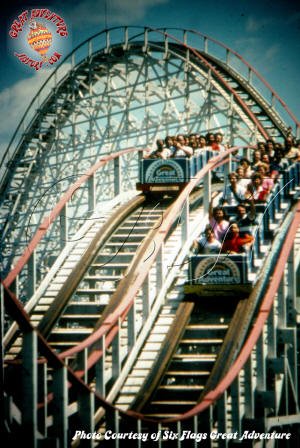 |
| |
|
|
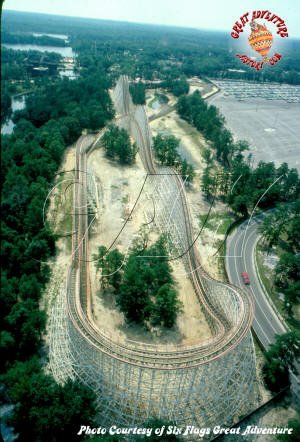 |
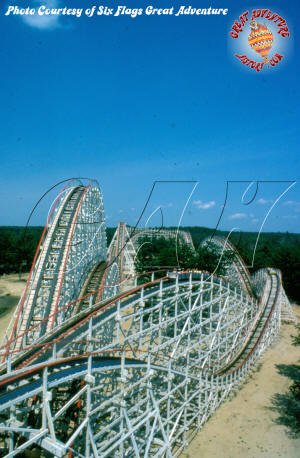 |
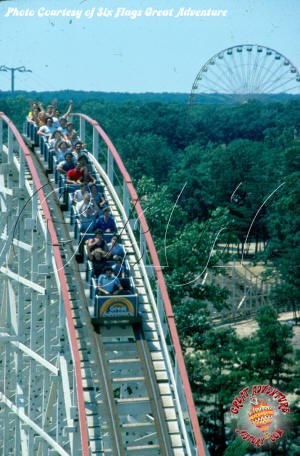 |
|
|
|
|
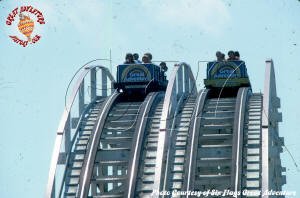 |
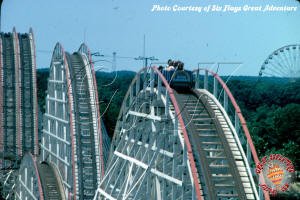 |
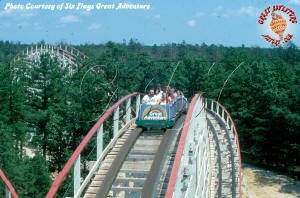 |
| |
|
|
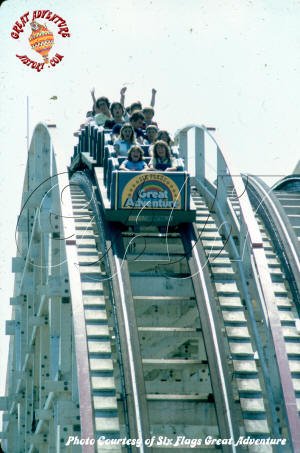 |
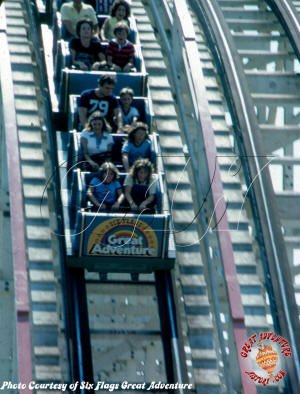 |
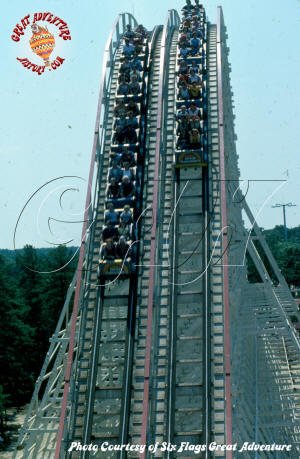 |
|
|
|
|
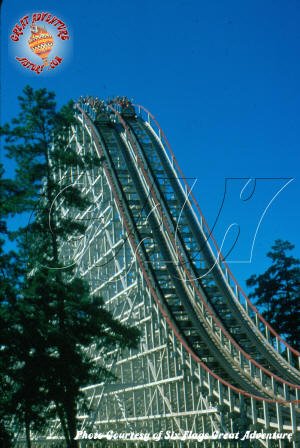 |
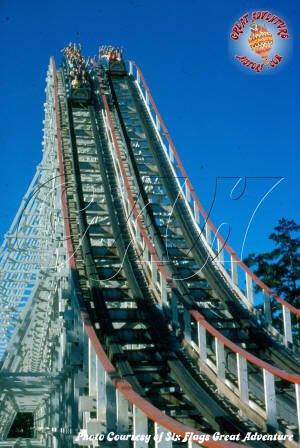 |
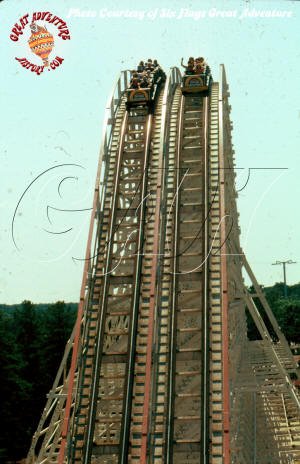 |
| |
|
|
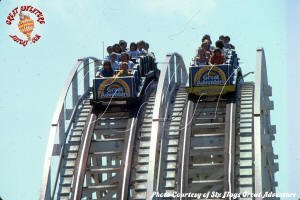 |
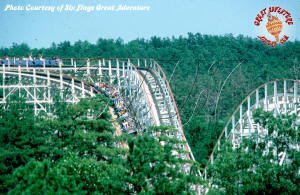 |
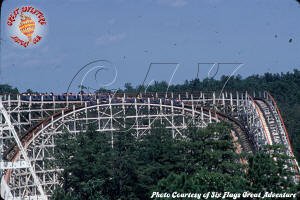 |
| |
|
|
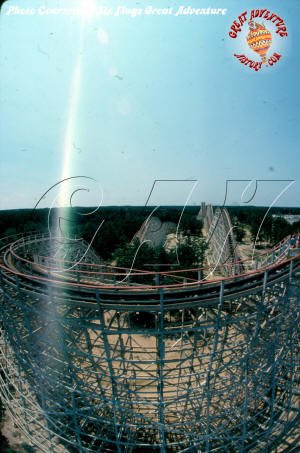 |
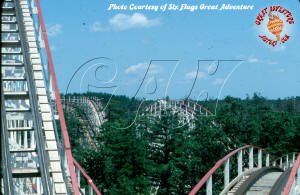 |
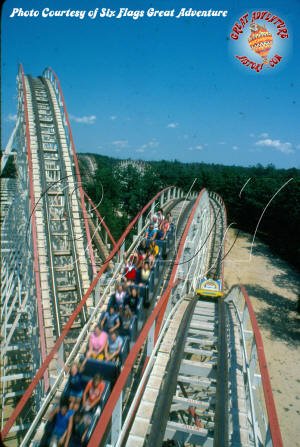 |
| |
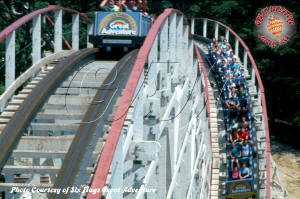 |
| |
|
|
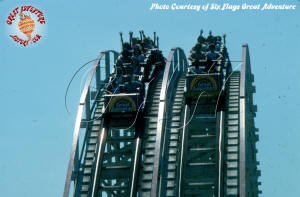 |
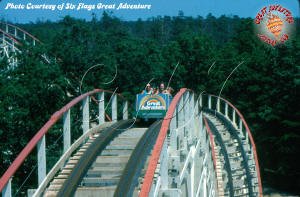 |
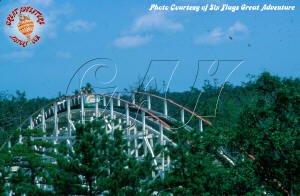 |
| |
|
|
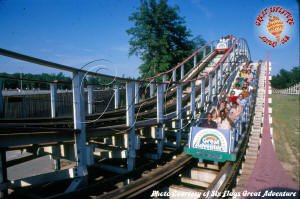 |
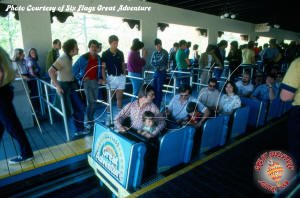 |
%20copy_small.jpg) |
| |
|
|
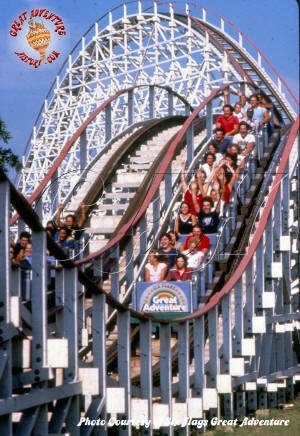 |
Rolling Thunder was originally designed for
use with five car trains, each with three benches for a total of
thirty riders per train. The station had open railings with a
simple yellow line for guests to stand behind.
Several years later this would be replaced with air gates
for added safety.
The cars of Rolling Thunder were
retrofitted with additional safety devices over the years.
First came the black headrests, which helped prevent
whiplash injuries as the trains rumbled along the tracks. Later
the bench seats were replaced with divided seats which helped
keep riders in place throughout the ride especially if they were
riding solo.
Seatbelts were also added as an additional restraint to
supplement the old Philadelphia Toboggan Company "buzz bars"
which offered very little to hold riders in place.
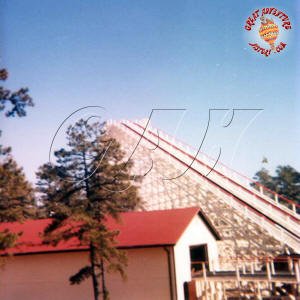
Rolling Thunder opened to much fanfare,
with long lines of guests waiting to ride the exciting new
coaster. At the time, the nearly 100 foot tall coaster was
considered huge and the idea of the dueling/racing aspect made
the ride even more exciting.
With a maximum speed of 56 miles per hour, Rolling
Thunder was the fastest ride in the park (and remained so for 10
years), and at a ride time of over two minutes, it was also the
longest coaster in the park.
A unique feature of Rolling thunder was the
elaborate sign that the ride was given. The sign featured lights
and sounds fitting its name. Against a background of dark gray
storm clouds, the three dimensional logo with its twin lightning
bolts would light from their source at the top of the sign and
continue to the logo at the front and center. The strike of the
lightning would be accompanied by a loud clap of thunder from
speakers in the top of the signs small tile roof.
After millions of safe rides, on
August 16, 1981 a 20-year-old park employee fell to his death
from Rolling Thunder during a routine test run. An
investigation by the New Jersey Labor Department concluded that
the man might not have secured himself with the safety bar. A
park representative later confirmed this conclusion, saying that
the employee "may have assumed an unauthorized riding position
that did not make use of safety restraints." The ride was
inspected, and the Labor Department concluded that the ride was
"operationally and mechanically sound," and
reopened.
|
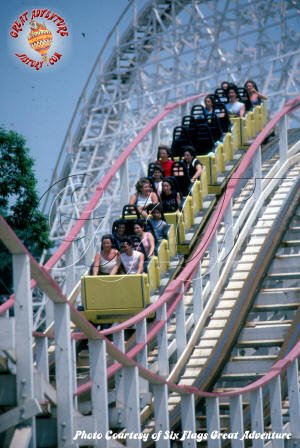 |
| |
|
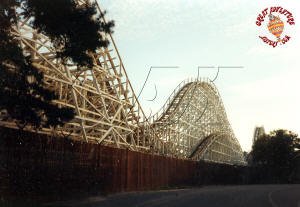
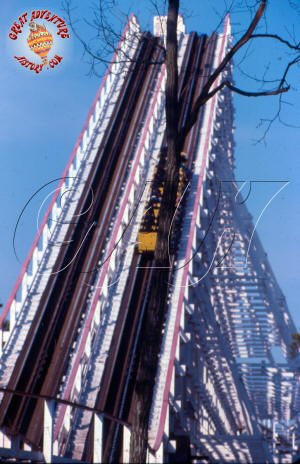
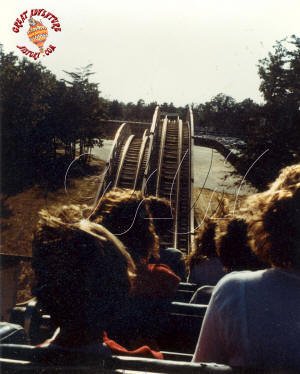
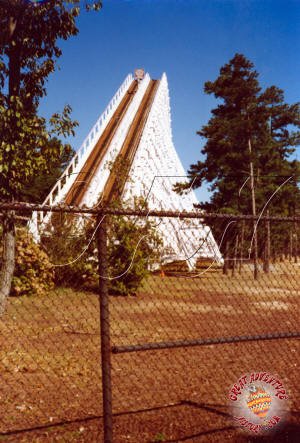 |
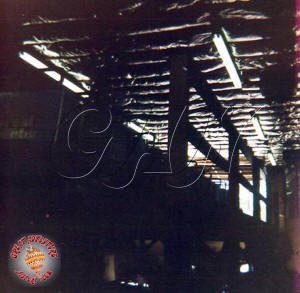 |
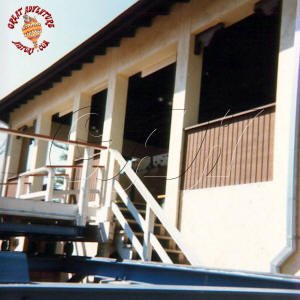
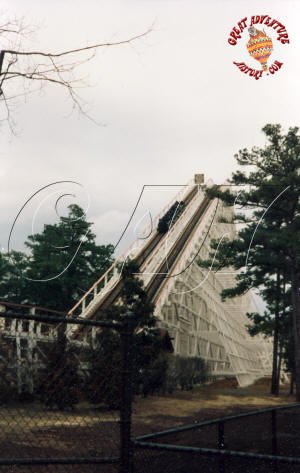
|
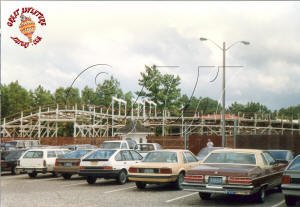
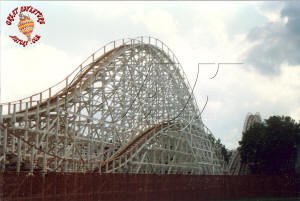 |
| |
|
|
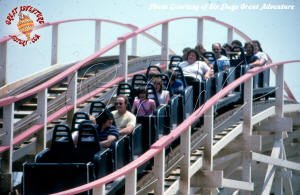 |
 |
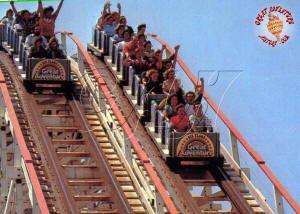 |
| |
|
|
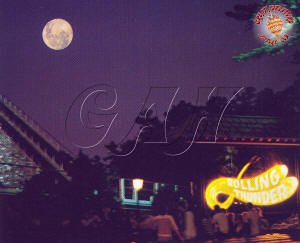 |
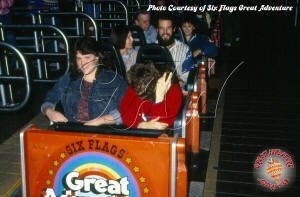 |
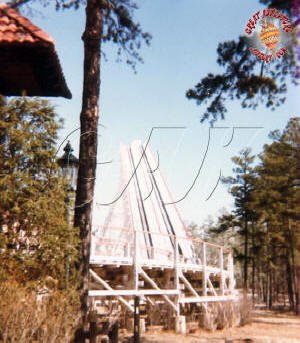 |
| |
|
|
| |
|
|
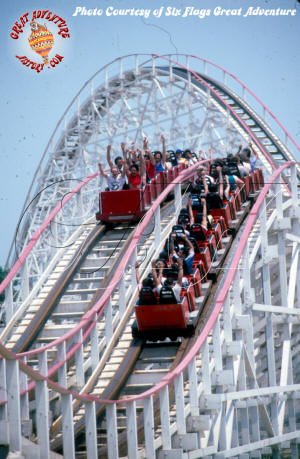 |
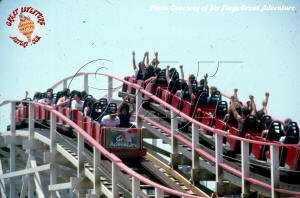
Rednuht Gnillor
(Rolling Thunder Backwards)
In 1984, the centennial of the roller coaster
was celebrated in America, and for a single
season, the inside track of Rolling Thunder was
turned into Redhut Gnillor- Rolling Thunder backwards.
The process for running a wooden roller coaster
backwards was relatively simple- reverse the chain dawgs which
served as anti- rollback devices underneath the cars.
In addition, signage both in the station and on the lift
needed to be repositioned so the backward facing
travelers could read them.
Like many coasters which
traveled backwards, the ride caused great discomfort for
riders, since sitting backwards provided little support for
the passengers necks, resulting in stress. After
one season the trains were switched back to their normal
forward seating postion.
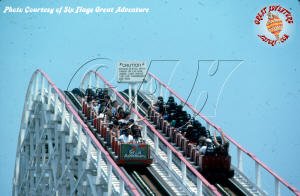
|
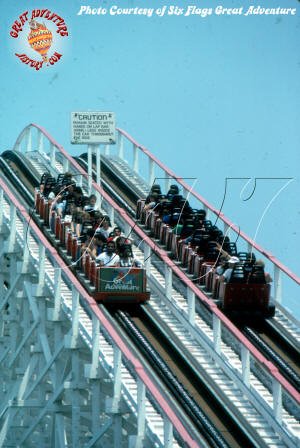 |
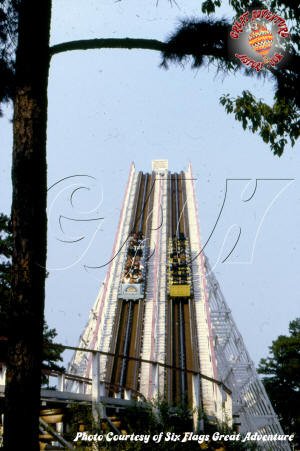 |
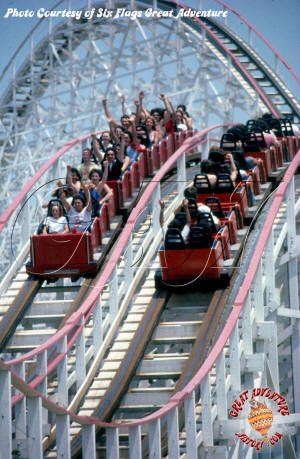
|
| |
|
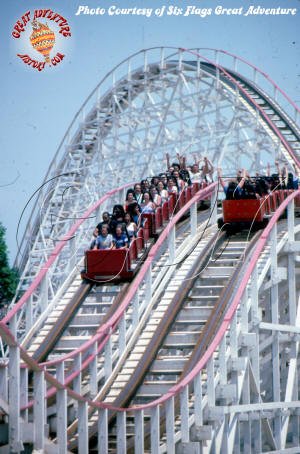 |
Click the placard below for a
Rednuht Gnillor
radio commercial:
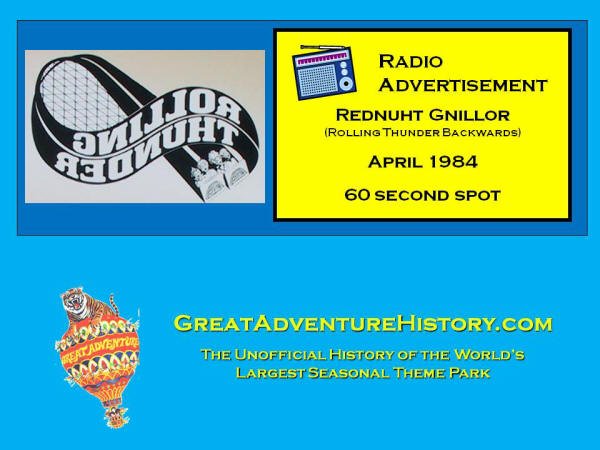
|
| |
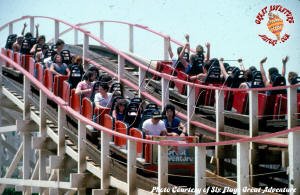 |
| |
|
|
|
| |
|
|
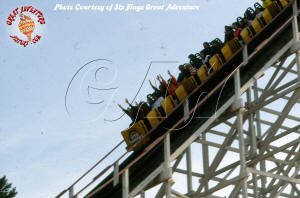 |
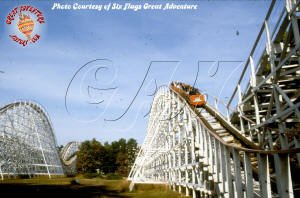 |
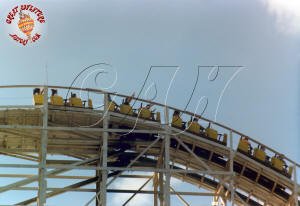 |
| |
|
|
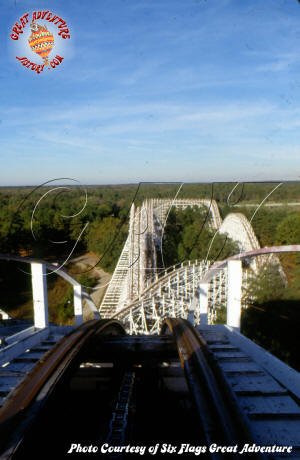 |
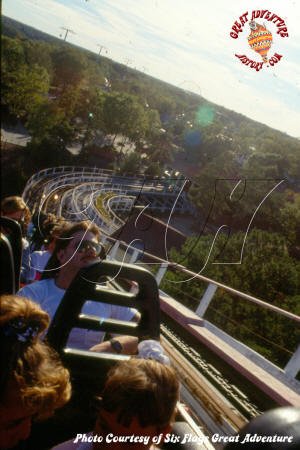 |
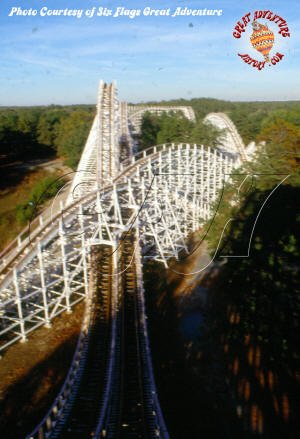 |
| |
|
|
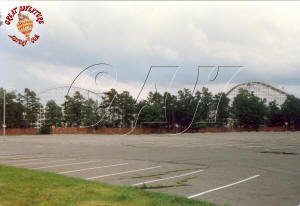 |
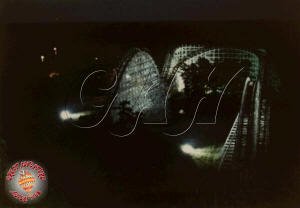 |
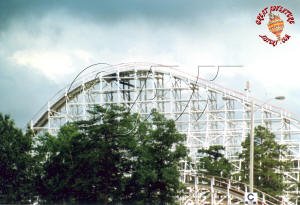 |
| |
|
|
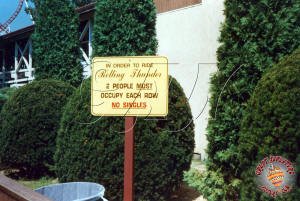 |
One of the original features of Rolling
Thunder was a lighting system that was a series of spotlights
that glared up into the white wooden structure, creating a white
glow against the trees and sky. Over time the lights burned out
and
were disconnected.
Over the years since it opened, little has
changed on Rolling Thunder with the ride receiving periodic wood
replacements as needed and the occasional repainting. The last
repaint was in 2003 with the ride getting a fresh coat of white
paint though the once red trim was also painted white.
Over the decades Rolling Thunder has borne the signs of many
sponsors including Doritos, Head & Shoulders, and others.
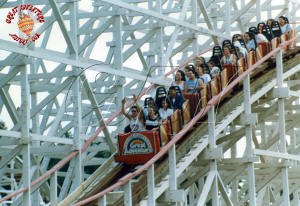
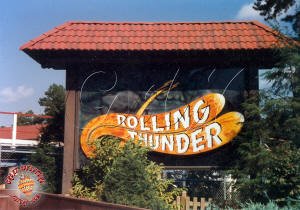
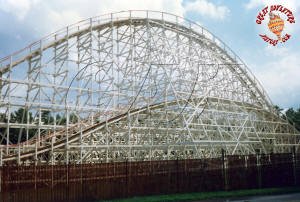
The biggest changes to Rolling Thunder came with changes to the areas around the ride. The first change
was the addition of the Ultra Twister next to the lift hill in
1986. The
construction of the Ultra Twister resulted in the
clearing of the forest that had once hidden so much of the
ride's structure. The
contrast of the state of the art new coaster next to the classic
wooden coaster made a strange juxtaposition, especially when
viewed from the newly constructed bridge which connected the
Best of the West and Hernando's Hideaway areas at the far end.
The new open area beside Rolling Thunder's lift hill took away
from the illusion of height and mystery that the coaster once
had and made it look smaller. After Ultra Twister's removal in
1989 the area it occupied was left barren for many years which
further diminished the look of the once proud wooden roller
coaster.
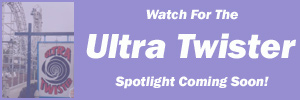 |
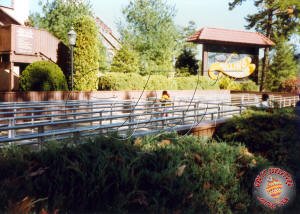 |
| |
|
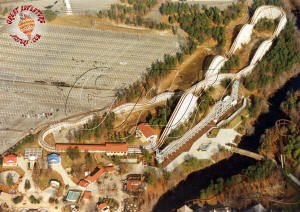
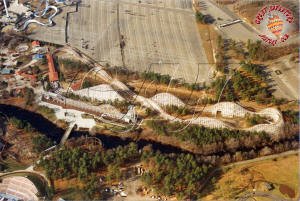 |
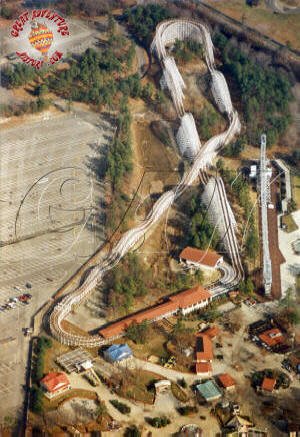 |
| |
|
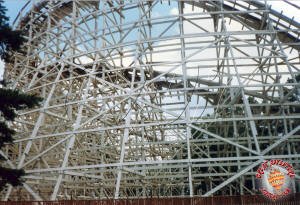 |
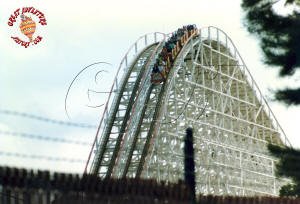 |
| |
|
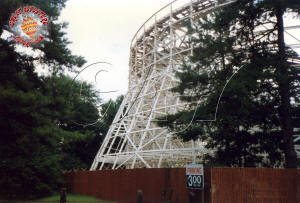 |
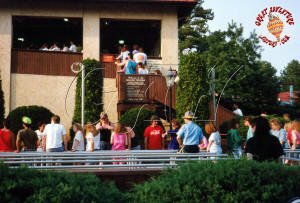 |
| |
|
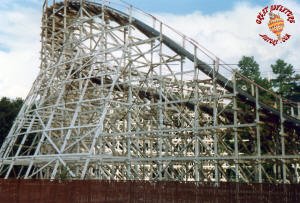 |
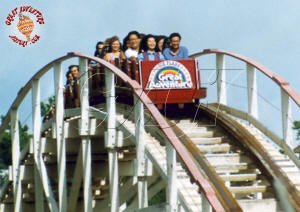 |
| |
|
 |
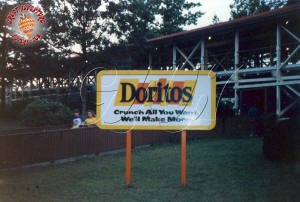
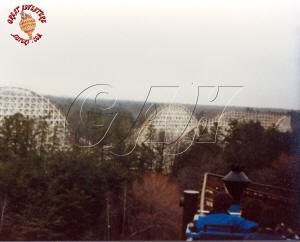 |
| |
|
|
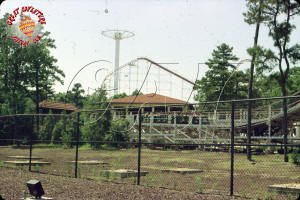 |
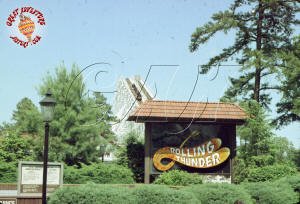 |
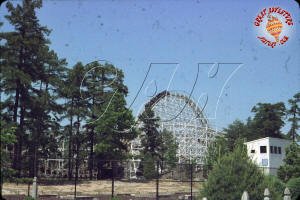 |
| |
|
|
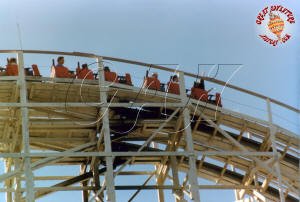 |
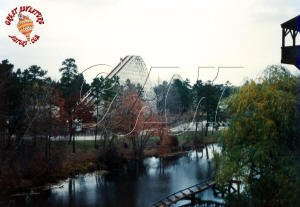 |
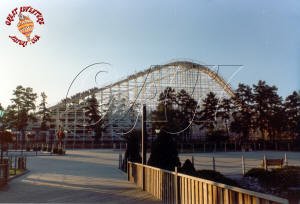 |
| |
|
|
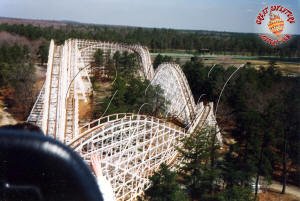 |
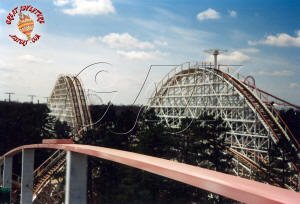 |
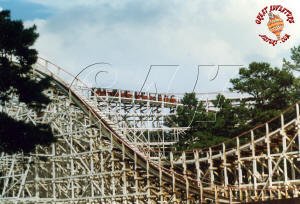 |
| |
|
|
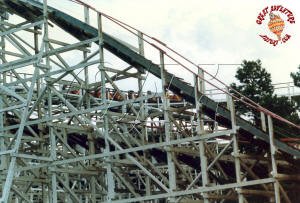 |
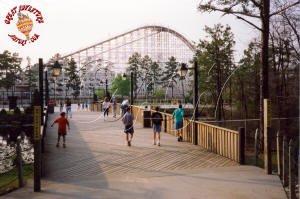 |
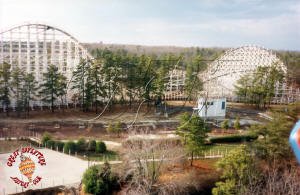 |
| |
|
|
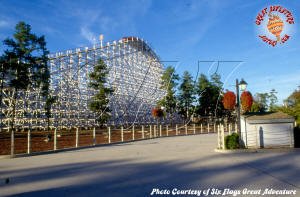 |
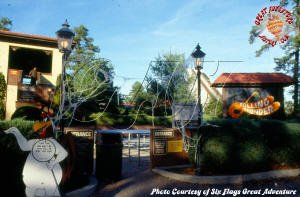 |
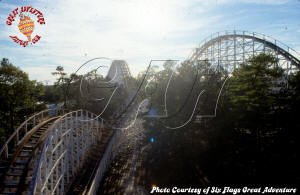 |
| |
|
|
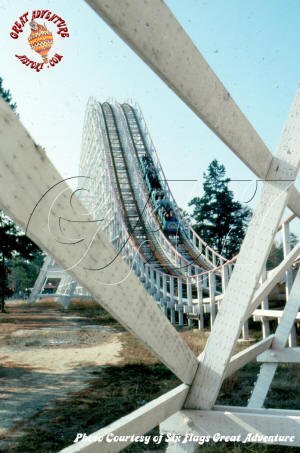 |
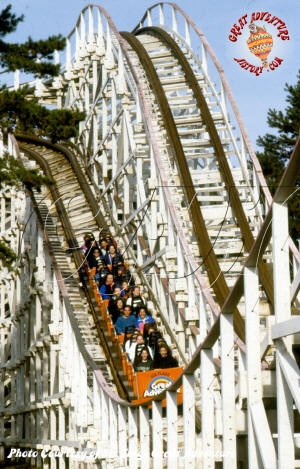 |
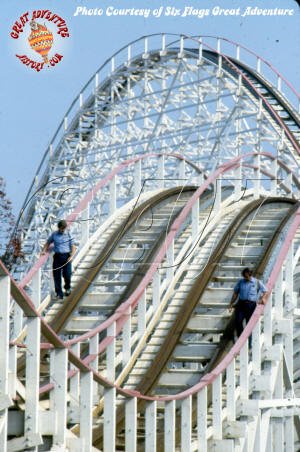 |
| |
|
|
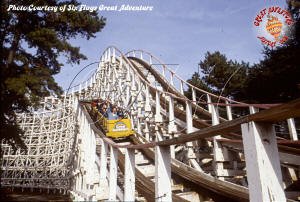 |
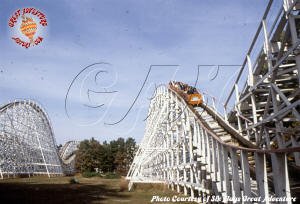 |
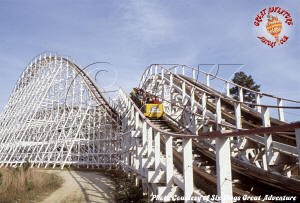 |
| |
|
|
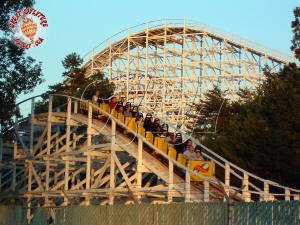 |
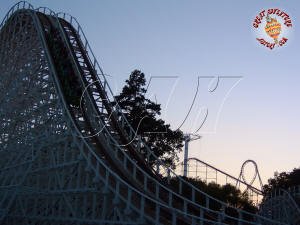 |
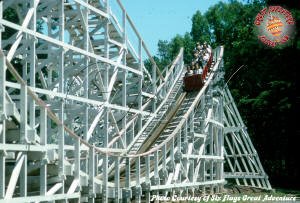 |
| |
|
|
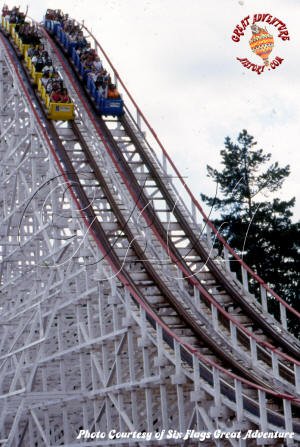 |
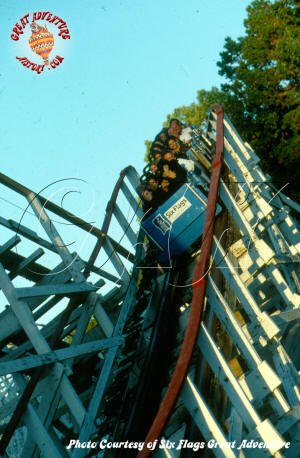 |
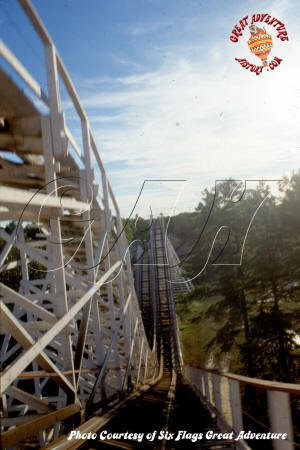 |
| |
|
|
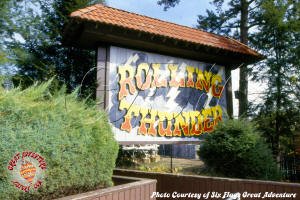 |
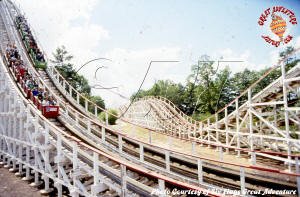 |
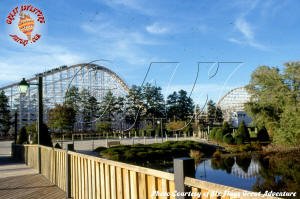 |
| |
|
|
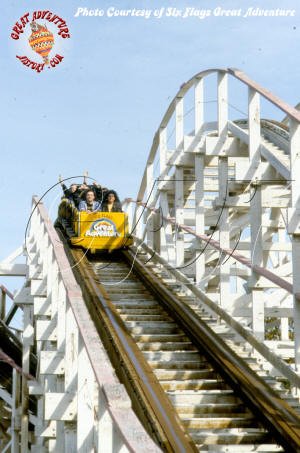 |
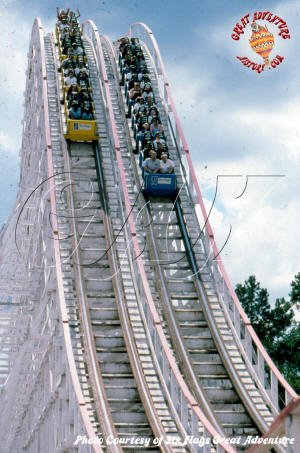 |
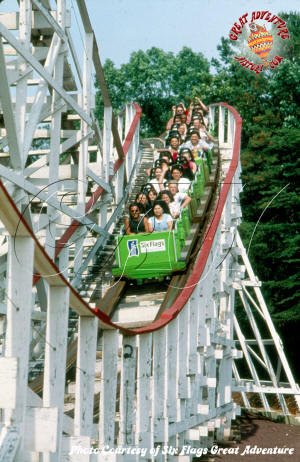 |
| |
|
|
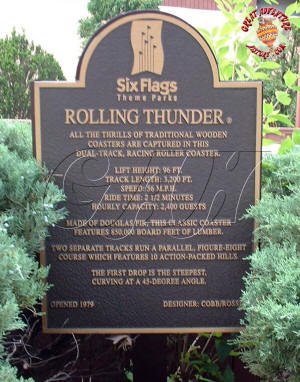 |
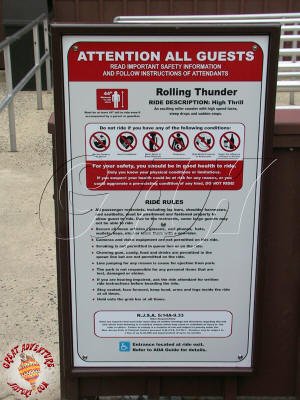 |
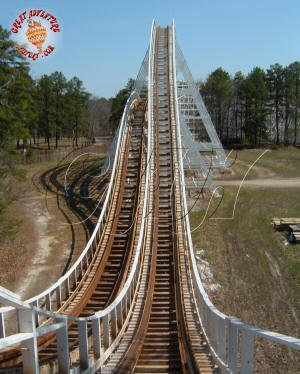 |
| |
|
|
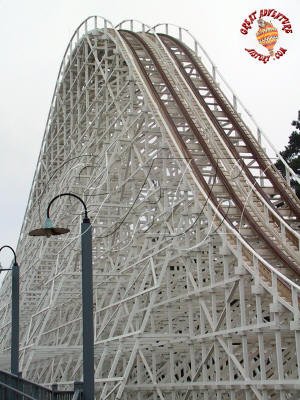 |
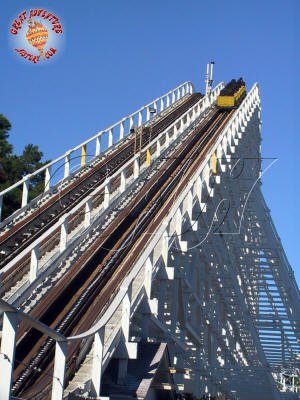 |
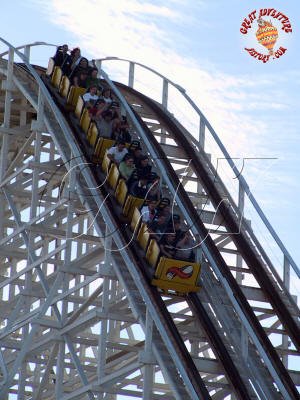 |
| |
|
|
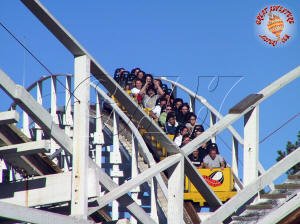 |
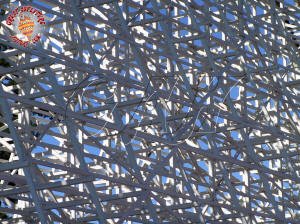 |
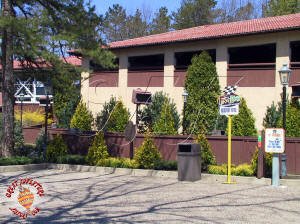 |
| |
|
|
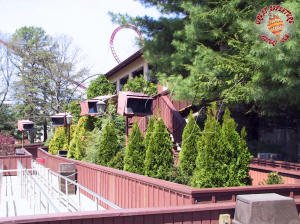 |
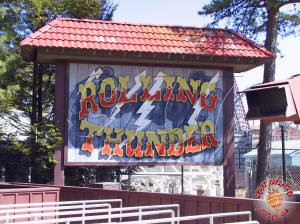 |
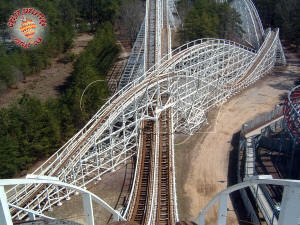 |
| |
|
|
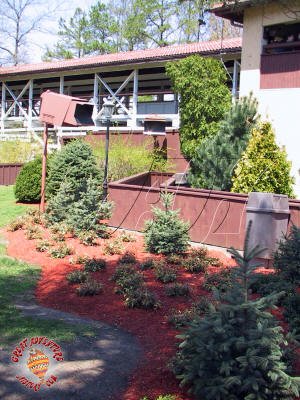 |
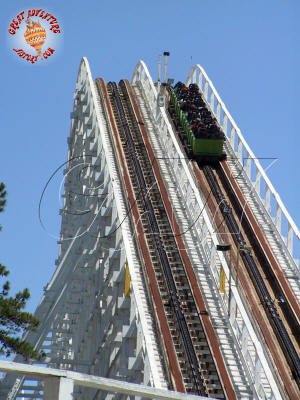 |
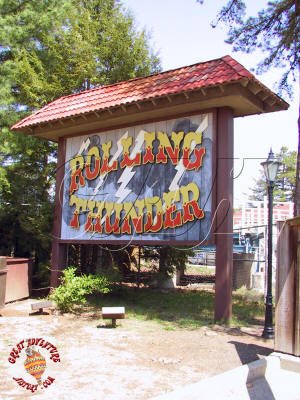 |
| |
|
|
 |
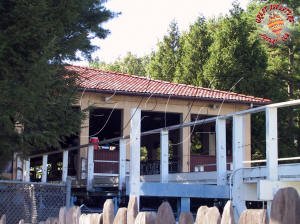
The next major change to Rolling Thunder
came with the addition of Viper in 1995. With Viper's arrival
came a new ghost town queue area which would back up to
the lift hill. While
great care was taken to create a themed experience for the new
coaster, the back of the ghost town facades were left as blank construction
materials that were clearly visible from the Rolling Thunder. The scale of
Viper and its added theme elements were generally
complimentary to Rolling Thunder, especially in comparison to
its predecessor Ultra Twister.
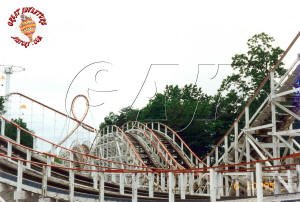 Over time, the elaborate sign with its
thunder and lightning required expensive maintenance and finally
the original sign was replaced with a more simple plywood
background and wood letters. The multiple wires required for the
lightning effect were never removed from the sign, and for a
time could be seen hanging behind the sign.
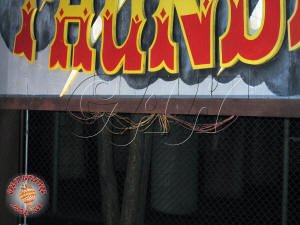
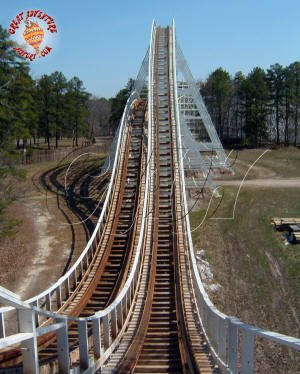
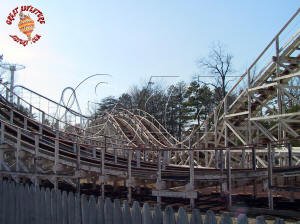
In 2002 a major change was made on the
parking lot side of Rolling Thunder with the addition of a new
Season Pass Holder Entrance.
This opened up new views of the final bunny hops at the
end of the ride as the new fence ran right along the track edge.
Three years later, the changes kept coming as the Season Pass Entrance was removed
to create the new Golden Kingdom area of the park which included Kingda Ka.
Kingda Ka was built parallel to Rolling
Thunder and created a buffer between Rolling Thunder and the
parking lot that had not previously existed.
The new jungle themed area was designed to skirt Rolling
Thunder's track and station, and the brake run section of the
building was to have received new plantation shutter style
coverings to help it blend in with the newly themed area, but
despite the application of the frames to the building, the
shutters were never added.
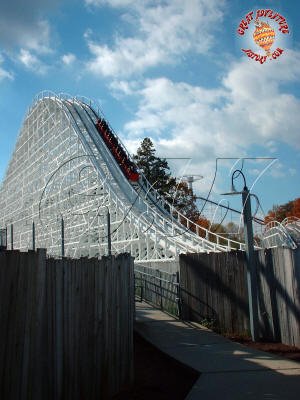
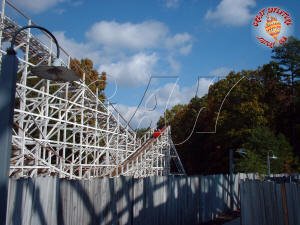
The 2006 season saw the biggest changes to
Rolling Thunder, with the addition of El Toro.
During the 2005 season the Viper was removed and the
infield of Rolling Thunder was cleared of the trees that had been
left between the curve of coaster track. This made way
for the twister section of El Toro's tracks which would be
hidden from view.
At more than twice the height of Rolling
Thunder, the 21st century El Toro wooden coaster would end up dwarfing
its neighboring woodie which had a design harkening back to the
turn of the 20th century. Adding to the excitement of both
rides, the tracks of El Toro were designed to cross Rolling
Thunder at the base of the first drop, creating a new "head
chopper" effect. The final diving hill of El Toro into its twister section
towered nearly as tall as the first drop of
Rolling Thunder.
With the addition of El Toro came the
retheme of Hernando's Hideaway, transforming the section into
Plaza del Carnaval. Rolling Thunder was included in the new area
and was given a brand new overhead sign at the entrance to
the queue.

Rolling Thunder continues to thrill riders
more than 30 years after its debut. Over that time it has gone
from thrill ride to family ride as the rides around it have
pushed the limits of height and speed. Its design was classic and
with the proper maintenance it will continue to thrill future
generations of riders for years to come.
|
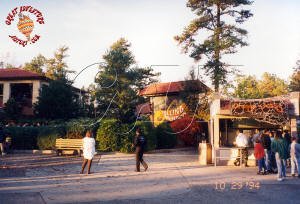 |
| |
|
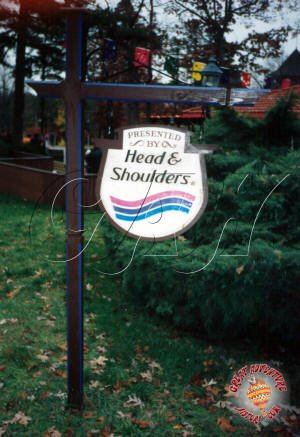 |
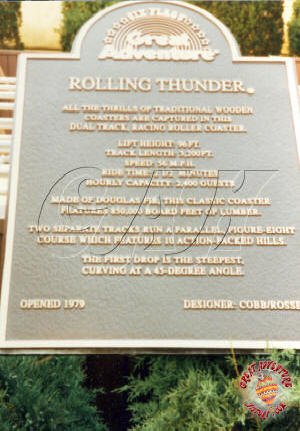 |
| |
|
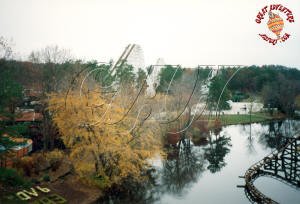 |
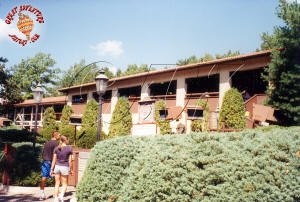 |
| |
|
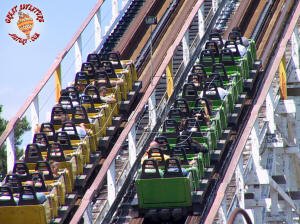 |
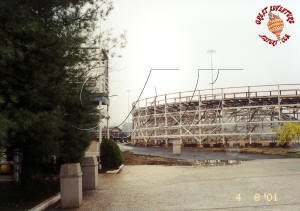 |
| |
|
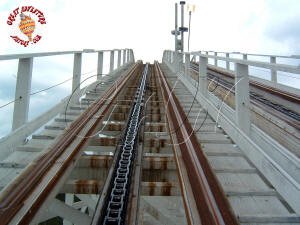 |
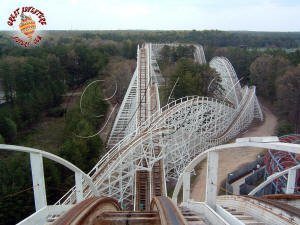 |
| |
|
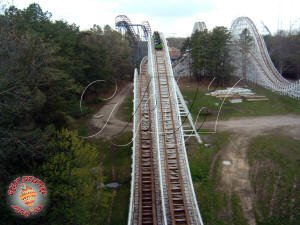 |
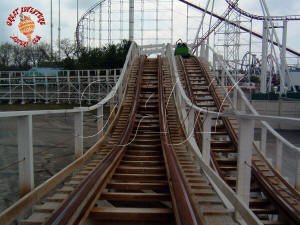 |
| |
|
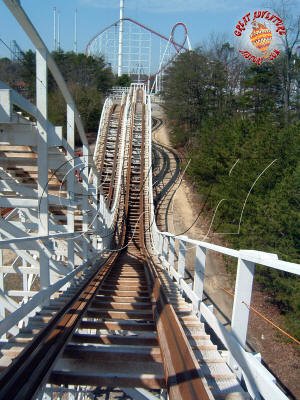 |
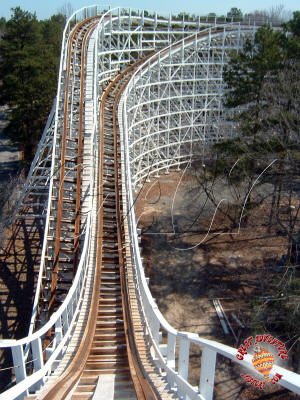 |
| |
|
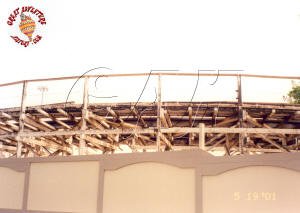 |
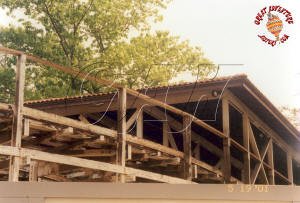 |
| |
|
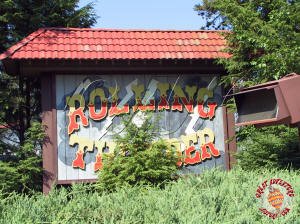 |
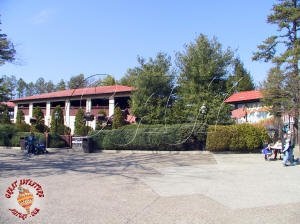 |
| |
|
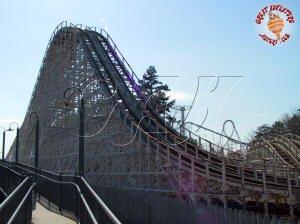 |
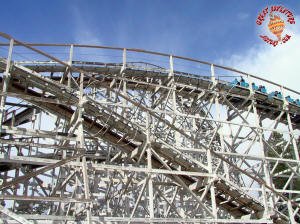 |
| |
|
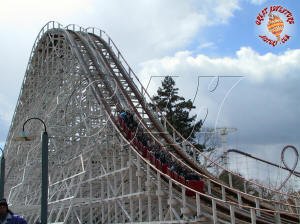 |
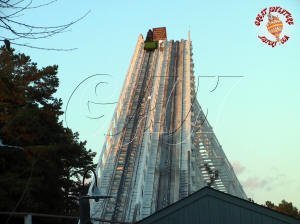 |
| |
|
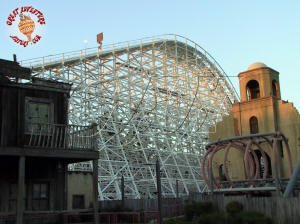 |
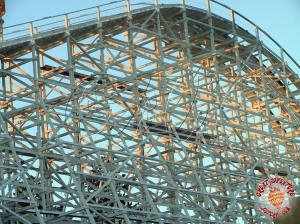 |
| |
|
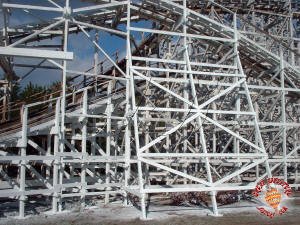 |
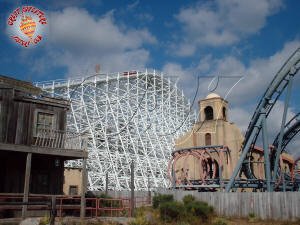 |
| |
|
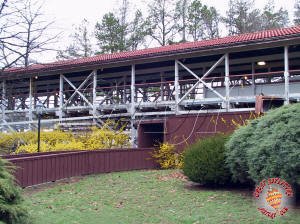 |
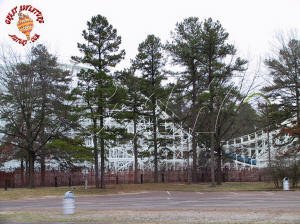 |
| |
|
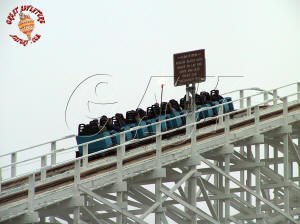 |
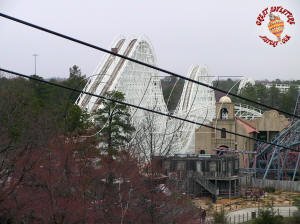 |
| |
|
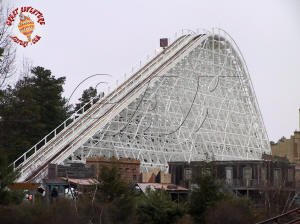 |
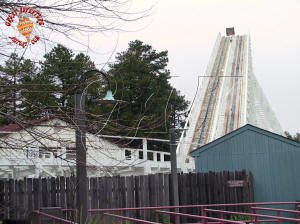 |
| |
|
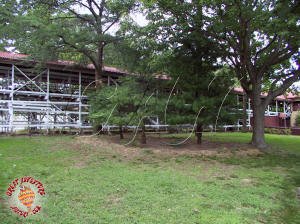 |
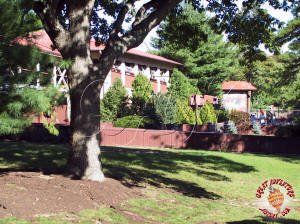 |
| |
|
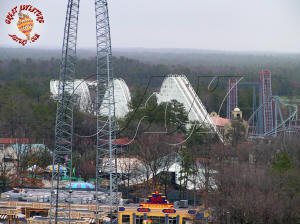 |
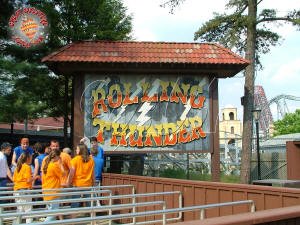 |
| |
|
|
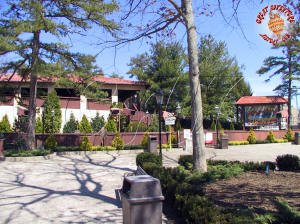 |
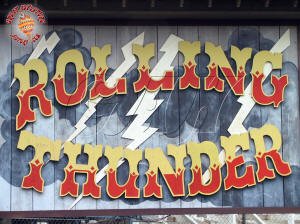 |
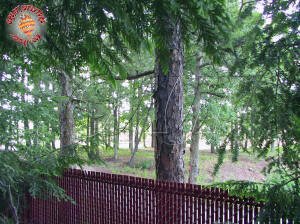 |
| |
|
|
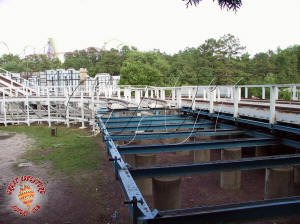 |
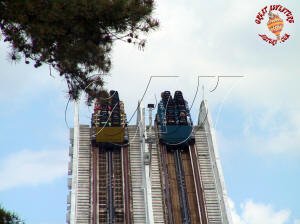 |
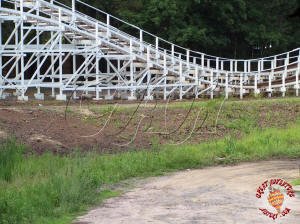 |
| |
|
|
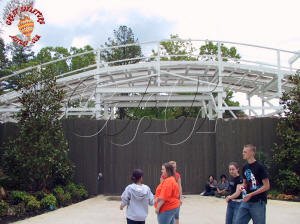 |
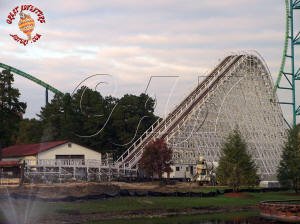 |
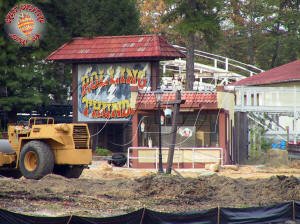 |
| |
|
|
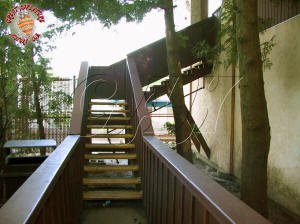 |
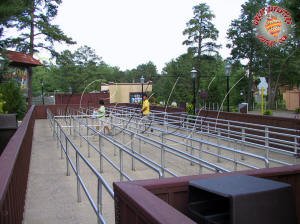 |
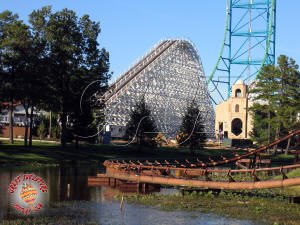 |
| |
|
|
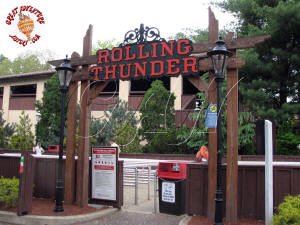 |
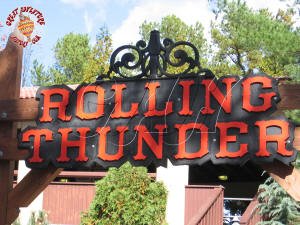 |
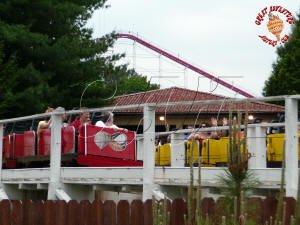 |
| |
|
|
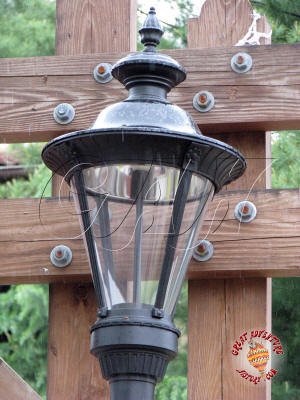 |
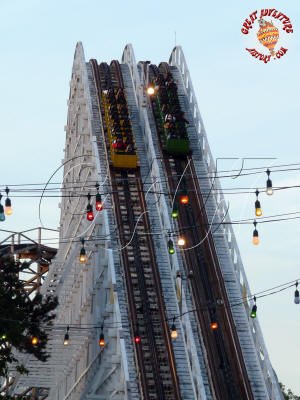 |
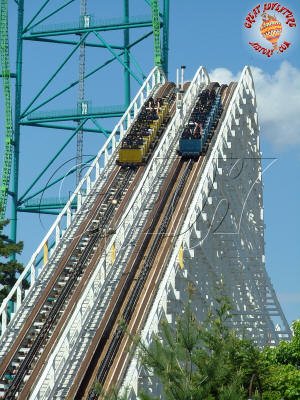 |
|
|
|
|
Click the placard below for video of
Rolling
Thunder:
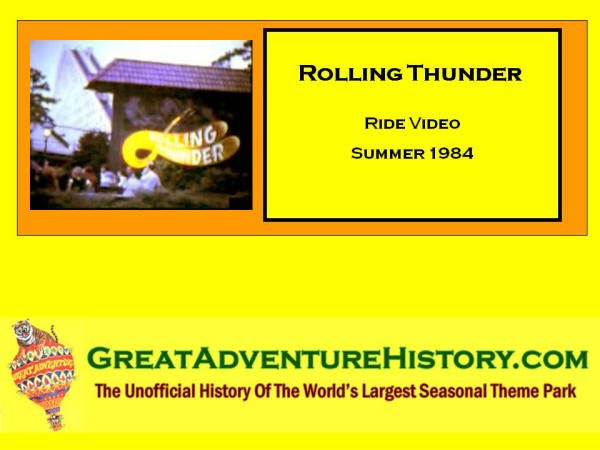 |
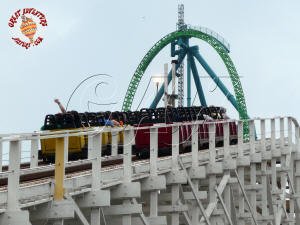 |
| |
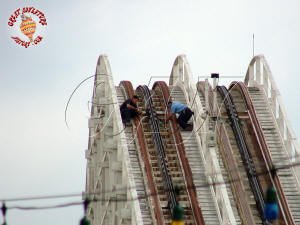 |
| |
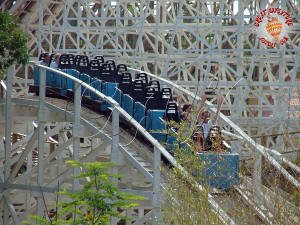 |
| |
|
|
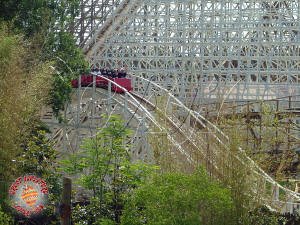 |
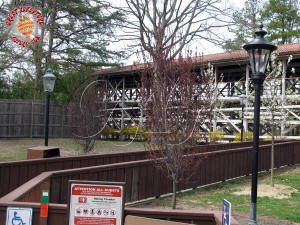 |
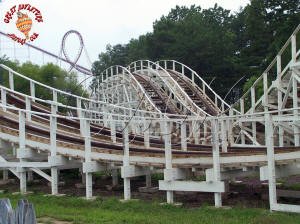 |
| |
|
|
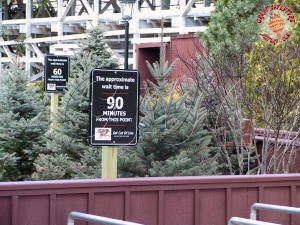 |
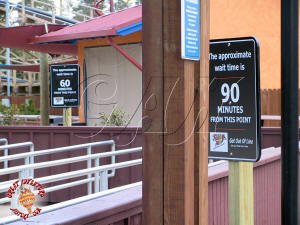 |
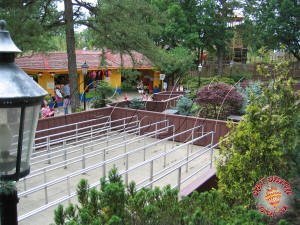 |
| |
|
|
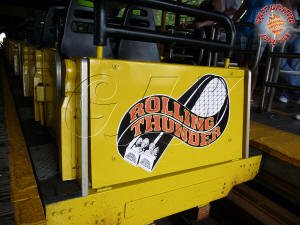 |
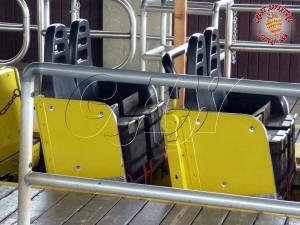 |
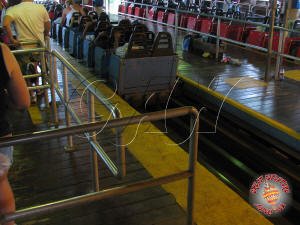 |
| |
|
|
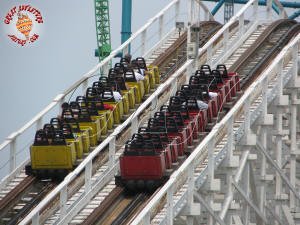 |
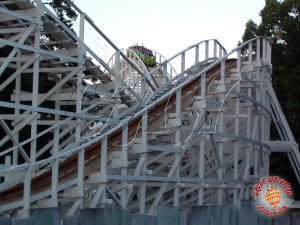 |
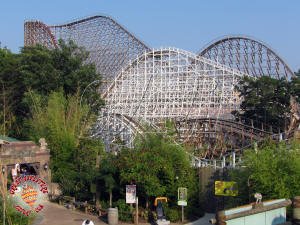 |
| |
|
|
Postcards of Rolling Thunder |
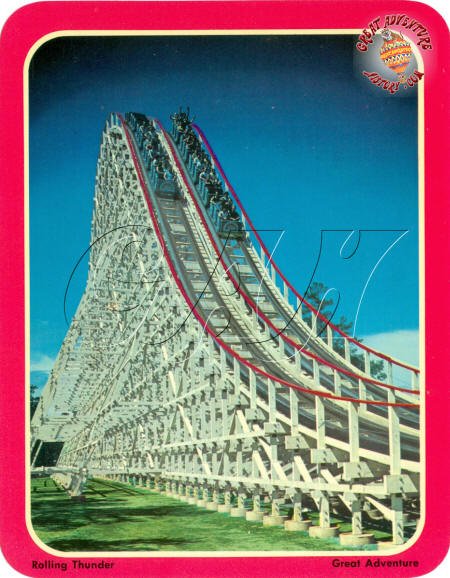
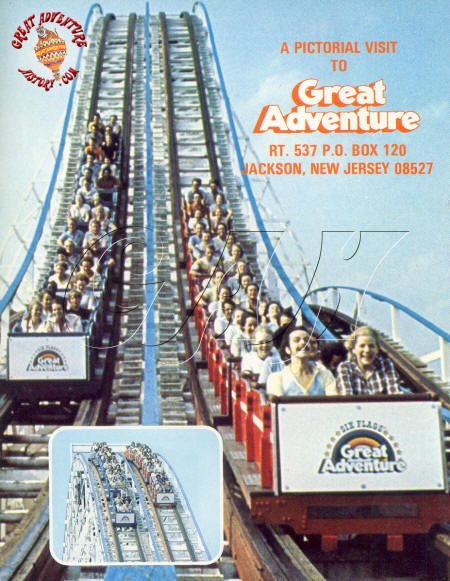
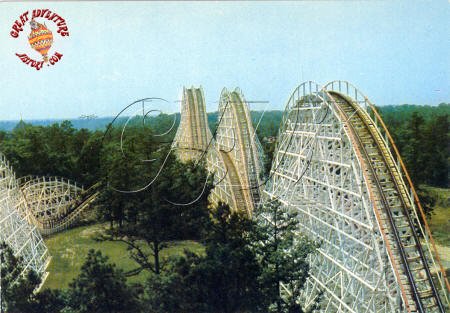
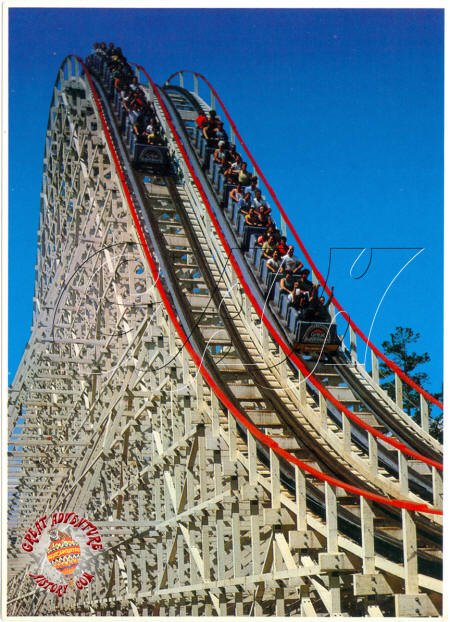
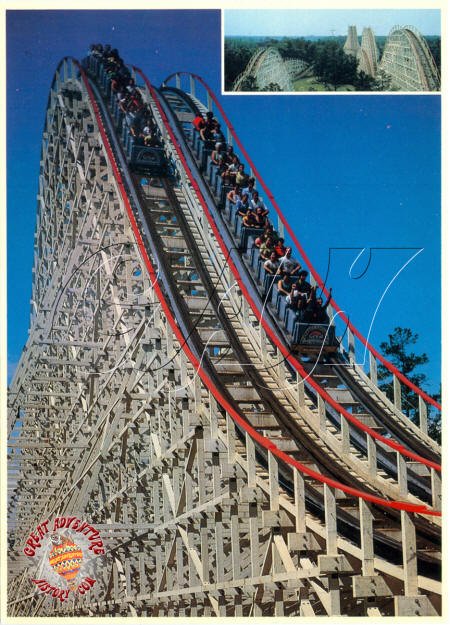 |
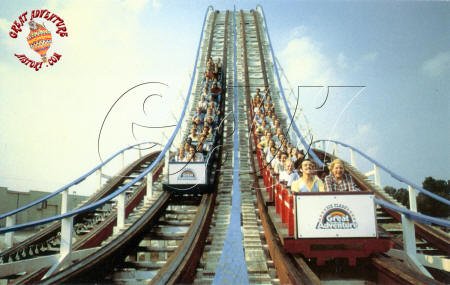
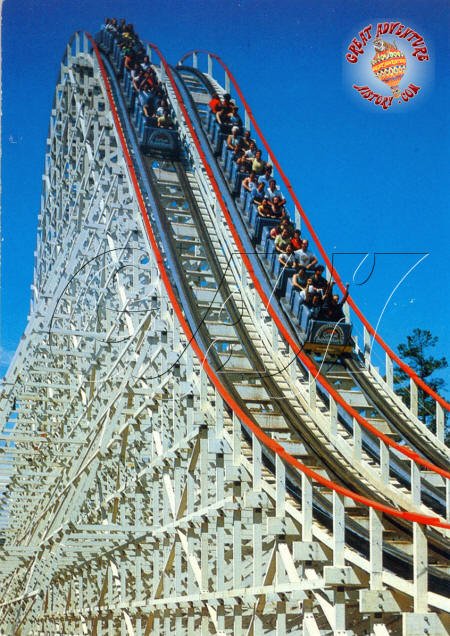
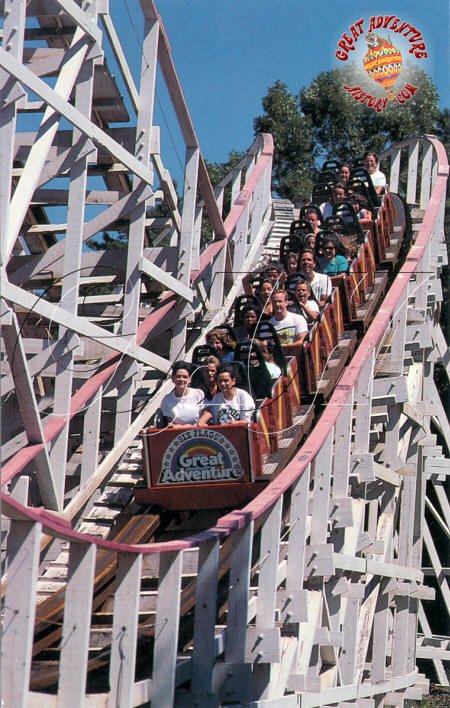
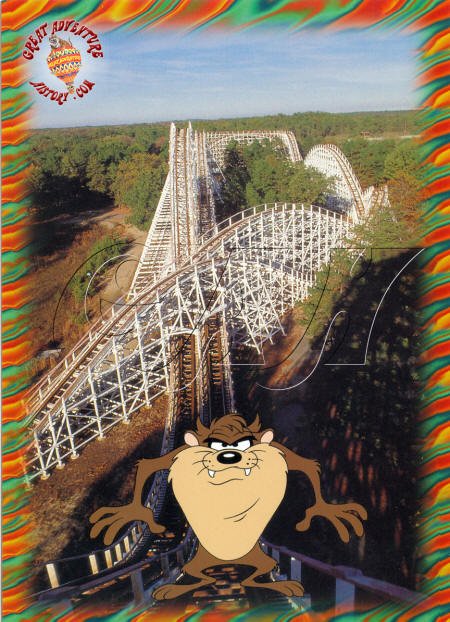
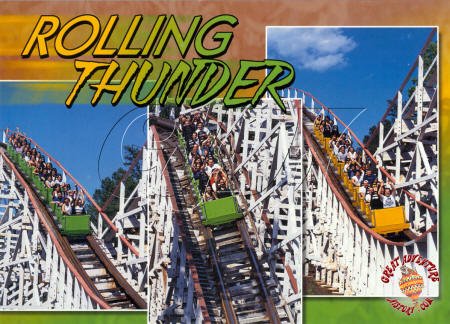
|
| |
|
|
| |
|
|
|

